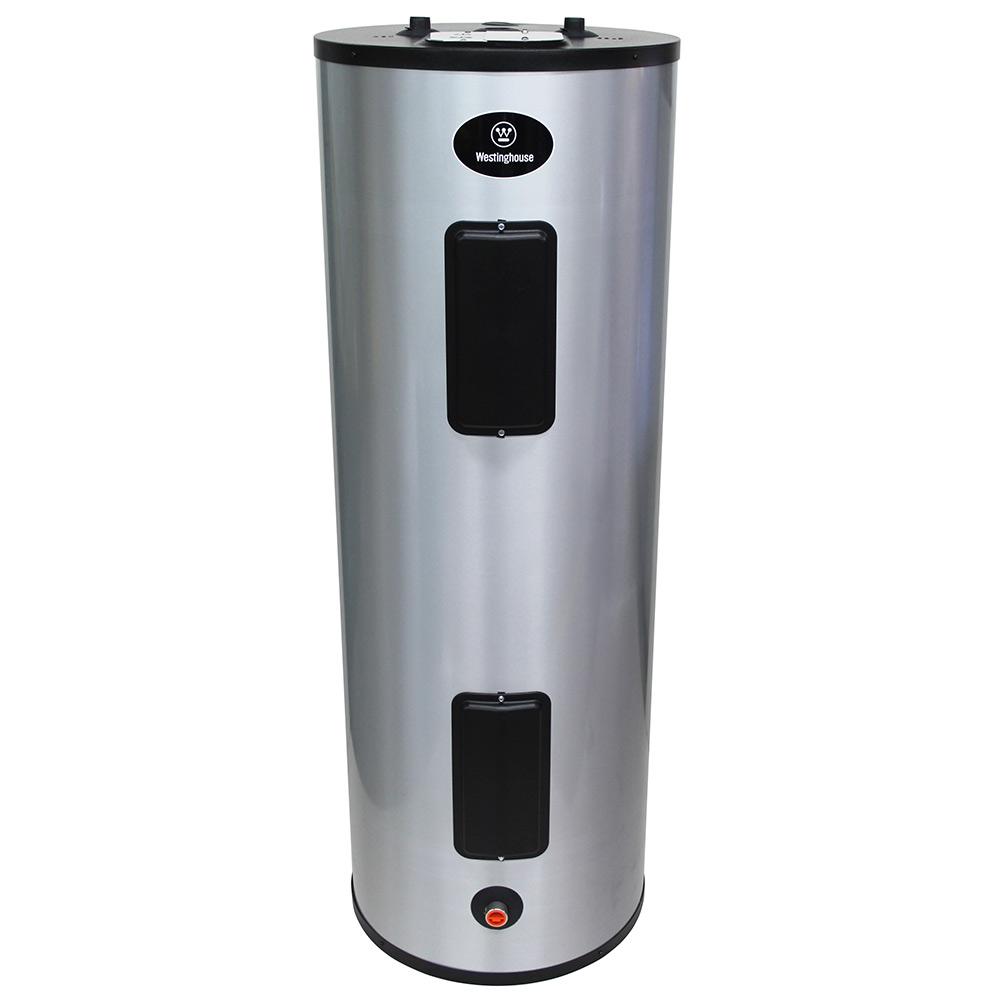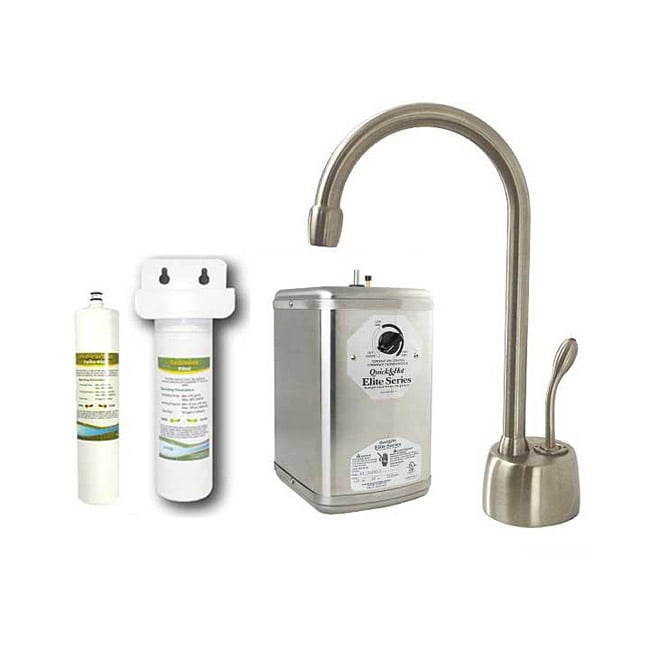Water Heater / Geyser Buying Guide
If you are in the market for a new water heater, be aware that your options now reach far beyond replacing your current storage tank water heater with one just like it. Because heating water typically consumes from 15 to 25 percent of a home’s total monthly energy budget, you’ll discover that the best new water heaters focus on heating water efficiently.
WATER HEATER / GEYSER CAPACITY
To decide on the capacity, one needs to take into account the hot water requirement into consideration. It also depends on the application, usage / bathing pattern and number of users.
| Type of building | Consumption per occupant | Peak demand per occupant | Storage per occupant | |||
|---|---|---|---|---|---|---|
| liter/day | gal/day | liter/hr | gal/hr | liter | gal | |
| Factories (no process) | 22 – 45 | 5 – 10 | 9 | 2 | 5 | 1 |
| Hospitals, general | 160 | 35 | 30 | 7 | 27 | 6 |
| Hospitals, mental | 110 | 25 | 22 | 5 | 27 | 6 |
| Hostels | 90 | 20 | 45 | 10 | 30 | 7 |
| Hotels | 90 – 160 | 20 – 35 | 45 | 10 | 30 | 7 |
| Houses and flats | 90 – 160 | 20 – 35 | 45 | 10 | 30 | 7 |
| Offices | 22 | 5 | 9 | 2 | 5 | 1 |
| Schools, boarding | 115 | 25 | 20 | 4 | 25 | 5 |
| Schools, day | 15 | 3 | 9 | 2 | 5 | 1 |
WATER HEATER TYPES – Based on storage
There are three common types of water heaters used in homes: storage water heaters, tank less on-demand water heaters, and instant hot-water dispensers.
Storage water heaters (Geysers)

Electric storage water heaters are the most popular models in Nepal in earlier days before use of Solar Water Heater. Storage water heaters using oil or gas are not as popular in Nepal. You should check energy efficiency of these geysers.
Tank-less water heaters

Tankless water heaters heat water directly without the use of a storage tank. When a hot water tap is turned on, cold water travels through a pipe into the unit. Either a gas burner or an electric element heats the water. As a result, tankless water heaters deliver a constant supply of hot water.
Instant hot water dispensers

Instant hot water dispensers, designed to deliver small amounts of hot water, are typically located at the kitchen sink.
WATER HEATER TYPES – Energy Source
Electric Water Heater

Cons
- No power, no hot water. Also affected by low voltages
- Power output is limited by electrical wiring load capability etc. Temperature rise and flow rates are thereby limited in an electric instant water heater.
- Electric heating is generally costlier.
These are primarily of 2 types of electric water heaters:
Electric Instant Water Heater
These are good for kitchens or in bathrooms where the tempature does not vary significantly during the course of the year . The hot water flow-rate from these water heaters is limited and thus these are not ideal for showers.
Electric Storage Water Heater
These come in vertical (wall mounting and floor standing) and horizontal configurations. Horizontal water heaters are more suitable for installation where the height of the celling is low or the installation is required in the loft.
Cons
- Water is stored and heated, there may be some wastage of energy in heating excess volume of water.
- Reheating time required once stored water is exhausted.
Gas Water Heater

Pros
- Not Affected by power cuts and voltage fluctuations
- Gas has very high energy content per m cube of its volume. Hence faster heating and higher temperatures are possible.
- Cost of heating by gas is cheaper in general. You can save upto 66% in operating costs.
- No wastage of heating as there is no need and store water.
- Unlimited supply of hot water at the turn of a tap. Not limited by the capacity of the tank.
Cons
- Need to be careful about Gas Leakage and Carbon Monoxide poisoning.
Solar Water Heater
Some Solar Water heaters also come with an option of electric or electric heating as backup that can be used on cloudy days.

Pros
- Energy Savings
Cons
- More expensive than electric gas heaters
- Need adequate space to install the solar panel which has to be in the sunlight
- These are available in larger capacities generally 100 ltrs and above, the capacity might be more than your needs.
INNER TANK CONTAINER MATERIALS
You should consider the following materials for inner containers.
Stainless Steel
Pros
- For direct heating, stainless steel does not absorb heat like copper (as copper is a good conductor) and hence saves substantial power and drastically reduces heating time. The heated water does not lose temperature. Heating time is much faster with a stainless steel tank.
- No deposits are formed on the inner wall of the tank, due to high resistance of stainless steel to deposit formation and chemical corrosion. The internal glossy finish does not retain deposits and hence the metal is not corroded as in the case of copper.
- Special grades of steel are available to suit hard water and acidity prone areas.
- Stainless steel tanks are much tougher than the conventional copper tanks.
- Heavy tanks are available to suit high pressure inputs. Suitable to work with pressure pumps.
Copper
- Copper is a good conductor and hence can get heated faster if the water is heated indirectly.(Check the heating elementssection below)
WATER HEATER BODY AND INSULATION
PUF or Glass wool Insulation
PUF is better than glass wool as it retains the temperature of water for a longer period of time, eventually saving 40% energy. This results in higher cost savings also.
Polyproplyene Body
Polypropylene body prevents corrosion leaving no room for rust ensuring its longer life.
Metallic Body
Metallic body painted with a powder coating process is superior to the liquid painting process, as it generates a better layer thickness and is longer lasting.
WATER HEATER SAFETY AND OTHER FEATURES
Thermostat: An externally adjustable capillary thermostat or stem type thermostats are usually provided.
Thermal Cut Out: An additional thermal cut-out is provided as a back-up safety measure. It restarts only on pressing the reset knob.
Pressure Release Valve: It is fitted on the inlet pipe to release any excess pressure.
Fusible Plug: In a rare event of thermostat / cut-out or Pressure Release Valve failure, it springs into action.
HEATING ELEMENTS
There are two types of heating elements used in water heaters.
- Indirect heating element
- Direct heating element
Indirect heating element take a longer time to heat as they do not come indirect contact with water,therefore they are less energy efficient. Tubular heating elements, on the other hand, heat the water through direct contact and are therefore more energy efficient, given the same wattage
Copper as a heating element is good since it is a good conductor of heat and hence heats water faster.